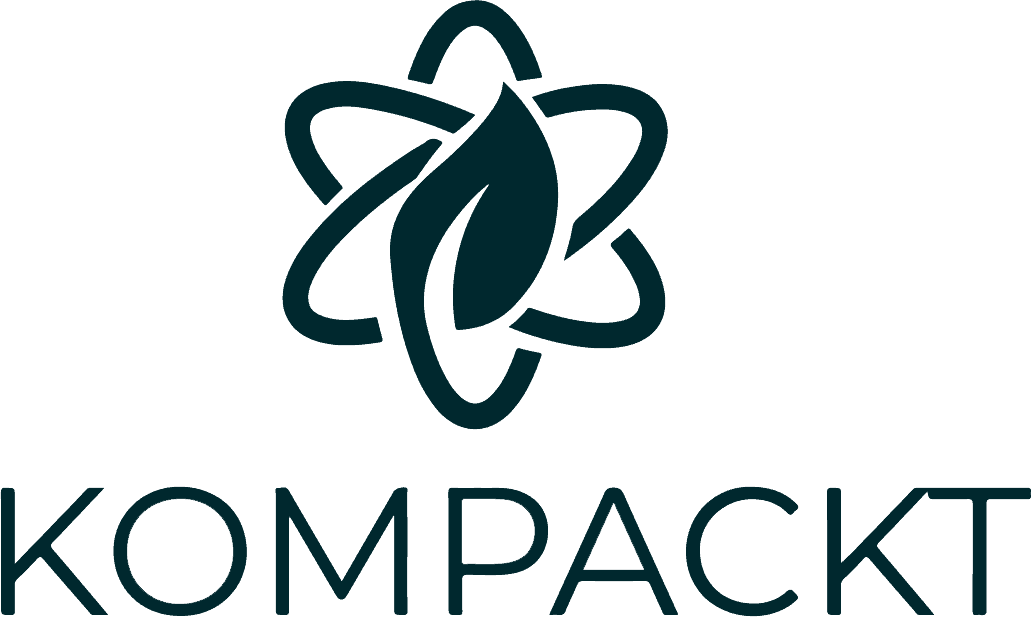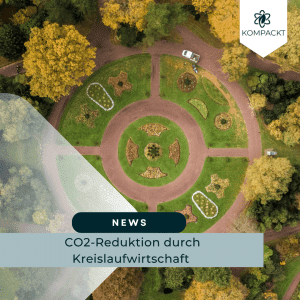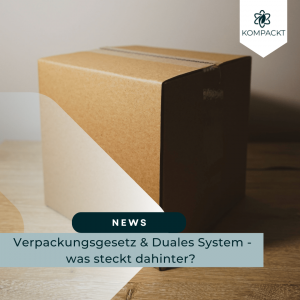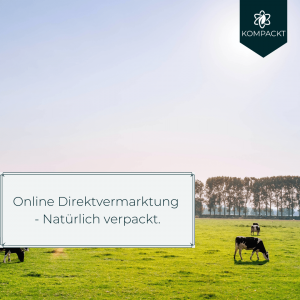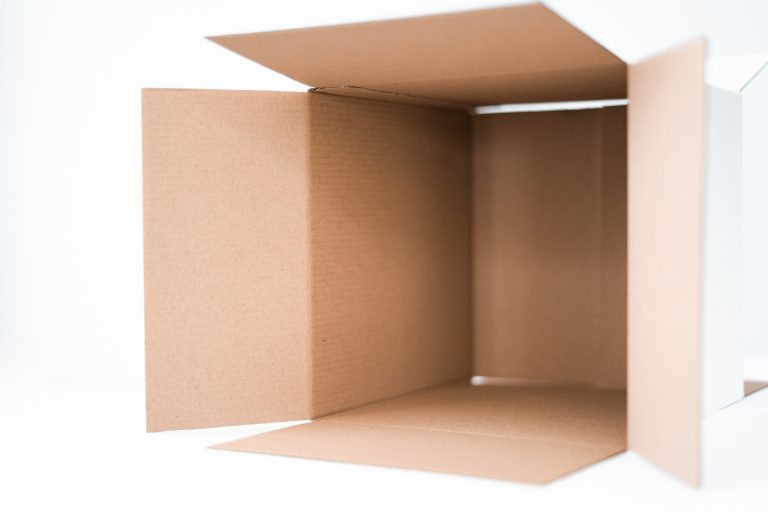
CO2 reduction through circular economy
We live in a world with non-renewable/finite resources. Nevertheless, society is characterized by extreme consumption and mass production, which can only be combined poorly with resource scarcity. Whether this business model therefore has a future is questionable if the earth is to continue to be inhabited by us humans. A change in the economy is therefore imminent, a transition with a look at the climate and product sustainability.
Here comes the Circular Economy (circular economy) into play. Its aim is to be able to reuse raw materials for as long as possible - to keep them in the cycle. This process shapes the life cycle of a product not only more resource efficient, more environmentally friendly, but also more cost effective. However, this requires a change in mindset, e.g. products must be designed directly with the circulatory system in mind.
Ecosystems are thus less likely to fall victim to excessive environmental impact and the loss of biodiversity is less. Only in this way it is possible to live within the limits of our environment and not beyond them.
CO2 saving
If it is possible to replace imported raw materials with recycled ones, the environmental impact will be reduced many times over. In Germany alone, a saving of 5.5 million tons of CO2 would be possible (BDI 2021). A switch to the circular economy could thus potentially reduce greenhouse gas emissions by 39% and raw material consumption by 28%.
The following model governs the circular economy:
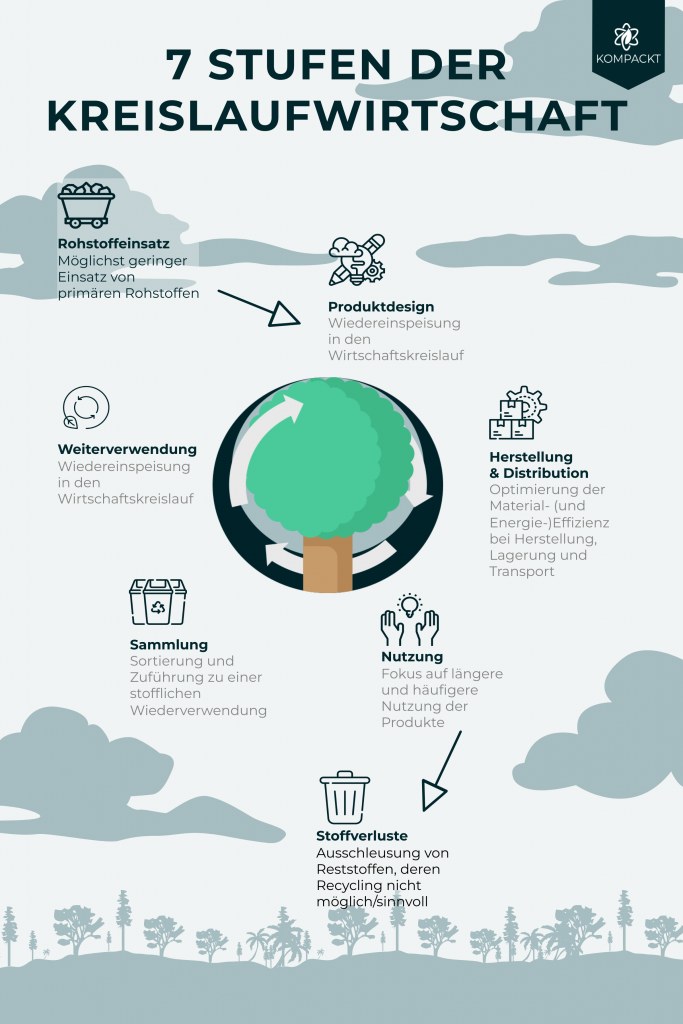
Supply Chain Law
Despite the great efforts of many companies to do something about environmental damage themselves, they repeatedly reach their limits. The problem: Most of the damage to the environment, but also human rights violations, can be traced back to suppliers.
Germany had already committed to a supply chain law last year. This year, the EU Commission is going one step further. According to the law, not only companies with 3,000 or 1,000 employees, but also companies with 500 or more employees will be required to inspect their entire supply chain and comply with social and environmental standards. Civil liability in the event of malpractice among suppliers is also on the agenda.
This law not only benefits the environment and the employees of suppliers, but also offers business advantages over the competition and potential for the company's own success. Energy- and resource-efficient operations are facilitated. Constant monitoring of the supply chain also enables difficulties to be identified before they become problems.
Two developments that enable, but also oblige, companies to contribute to greater climate and resource protection.
Sources:
Statistischen Bundesamt
Packaging Journal
Umweltbundesamt
The Climate Choice (1)
The Climate Choice (2)
Andere Beiträge
Kategorien
- All
- Allgemein
- Anwendungsfelder
- Interesting Facts

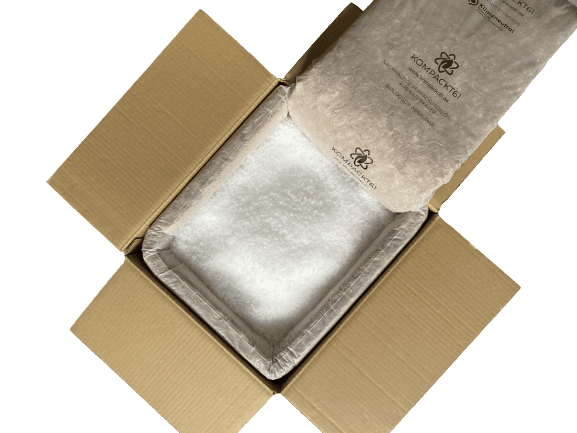
Kühlmittel – Die Wahl der richtigen Kühlmedien für den Versand temperaturempfindlicher Waren

Tipps zum Paketversand temperaturempfindlicher Waren
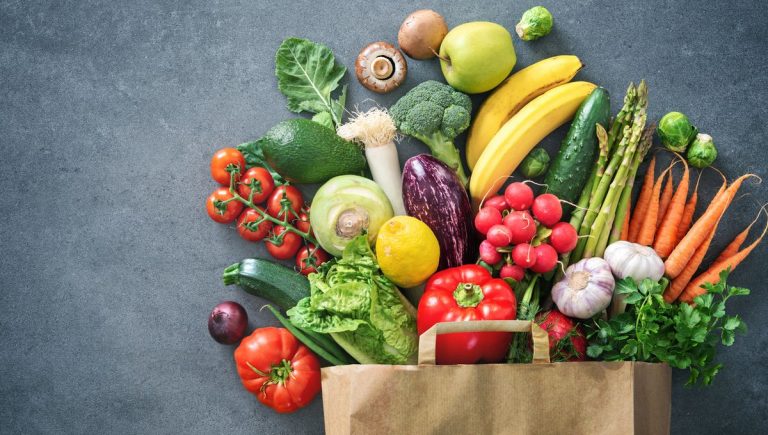
Gemischte Warenkörbe nachhaltig versenden

Tiefkühlversand in nachhaltiger Verpackung

Feinkost & Delikatessen nachhaltig versenden
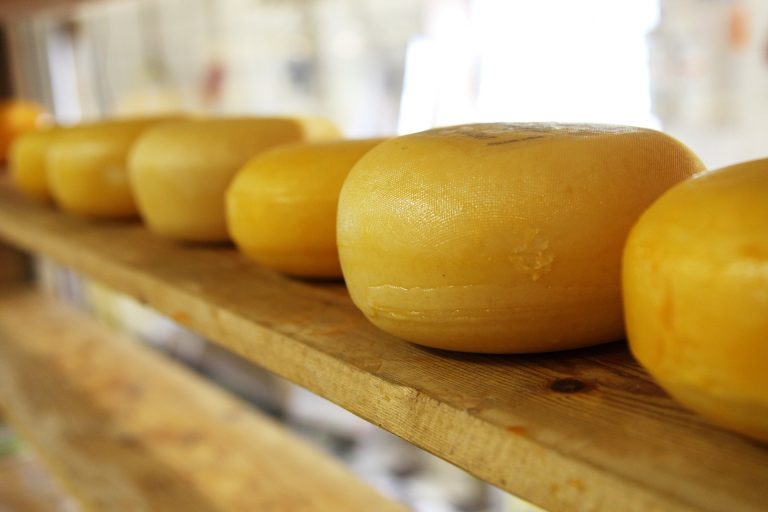
Shipping cheese with
sustainable packaging

Shipping fish with sustainable packaging
Interesting Facts
about cold chain distribution
Whether you're new to refrigerated shipping in e-commerce or you've been a shipper since day one but want to optimize your process: Our team of experts will be happy to assist you. Get in touch now:
